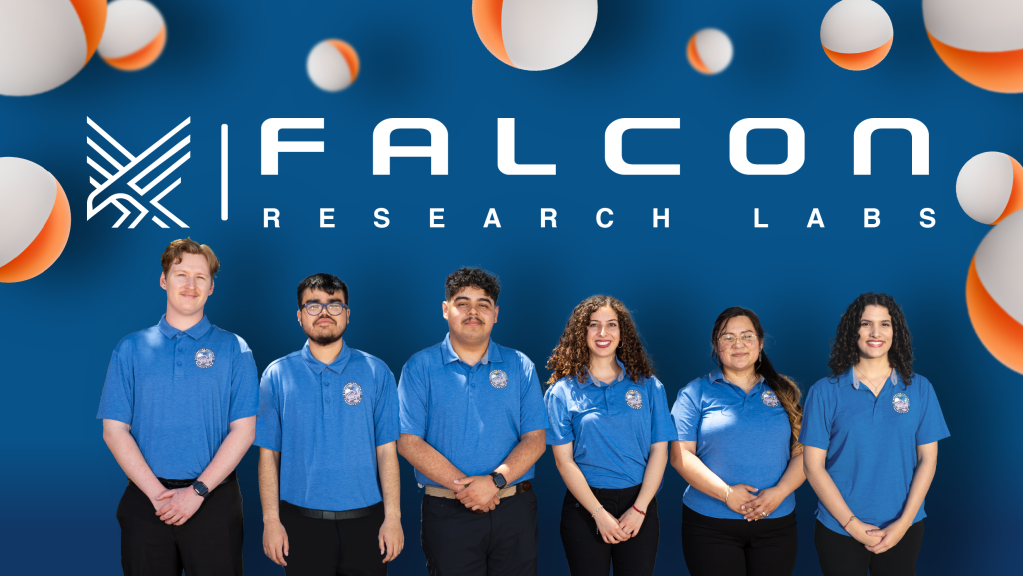Astronauts inside NASA’s Orion spacecraft will soar toward the Moon atop the Space Launch System (SLS) rocket as part of the agency’s Artemis program to establish a permanent presence at the Moon and learn the skills needed to send humans to Mars. Crew members will journey aboard Orion with the confidence knowing the spacecraft is specifically designed with a number of features to support humans traveling to deep space, including a highly capable Launch Abort System (LAS). The LAS is a structure on top of the crew module that can fire within milliseconds and, with the crew module attached, outrun the powerful rocket if an emergency arises during launch.
Orion’s tower-like abort structure is specifically built for deep space missions and to ride on a high-powered rocket. It is positioned with motors on top of the Orion crew module and designed to pull the crew module away from a rocket, rather than push it away with motors at the base, as some spacecraft designed for other destinations are built to do. This design offers several benefits for missions to the Moon and beyond.
“One of the biggest factors in designing a system to go to the Moon is minimizing the mass you have to take with you,” said Chuck Dingell, chief engineer for Orion, who also was involved in early studies that examined Orion launch abort system options. “Orion’s Launch Abort System is on top of the spacecraft, which helps to minimize the mass and thus maximize performance in two ways. It allows us to minimize the mass that aborts in an emergency by leaving the service module behind, and also frees us from carrying unwanted mass on our missions near the Moon by jettisoning the entire LAS when we know we’re safely on our way to space.”
The LAS consists of two parts: the fairing assembly, which is a shell composed of a lightweight composite material that protects the capsule from the heat, air flow and acoustics of the launch, ascent, and abort environments; and the launch abort tower, which includes the abort motor, attitude control motor, and jettison motor. Fully jettisoning the entire LAS once it’s no longer needed will free Orion of thousands of pounds that will make it lighter for its trips near the Moon.
The Orion launch abort system also offers the highest thrust and acceleration escape system ever tested. Orion’s puller-style system with the tower above the spacecraft allows for considerable control as well, enabling the LAS to move quickly and away from the 8.8 million pounds of thrust from the SLS rocket during an abort. It is the first puller system capable of controlled orientation after separating from the rocket.
“In an abort scenario, the Launch Abort System and crew module essentially become its own aircraft,” said Dingell. “Not only do we want to get that craft away from a dangerous scenario quickly, but we also want to control it so that it flies in a direction as far as possible from the rocket. It’s also easier to control a vehicle with a forward center of gravity and that is heavier on the front end.”
The abort motor quickly pulls the crew module away from danger and the attitude control motor and computer sense the position of the elements that abort and orient them to fly an optimized trajectory. Orion’s LAS contains the first solid rocket motor designed to vector, steer and control a spacecraft.
The LAS abort motor that pulls the crew module away from an emergency includes reverse-flow nozzles. This allows the nozzles to be located at the top of the motor rather than at the bottom, spacing the nozzles away from the crew module without the need for additional structures.
Engineers are preparing to test the abort system under high-stress conditions in July 2019. The upcoming test, called Ascent Abort-2 (AA-2), will demonstrate that the LAS can safely separate and maneuver the crew module away from the rocket in an emergency during the most stressful aerodynamic conditions a spacecraft can experience on its trip to space. During that test, a booster will launch and carry the capsule almost six miles high while traveling about 1,000 mph and then fire its motor with 400,000 pounds of thrust to quickly escape the booster.
Orion’s carefully designed LAS and the upcoming test are helping make sure Orion is safe for human missions to deep space and can reliably carry astronauts to the Moon and beyond. Orion is part of NASA’s backbone for deep space exploration that will land the first woman and next man on the Moon by 2024, along with SLS and the Gateway. Through the Artemis program, the next American Moon walkers will depart Earth aboard Orion and begin a new era of exploration.


























